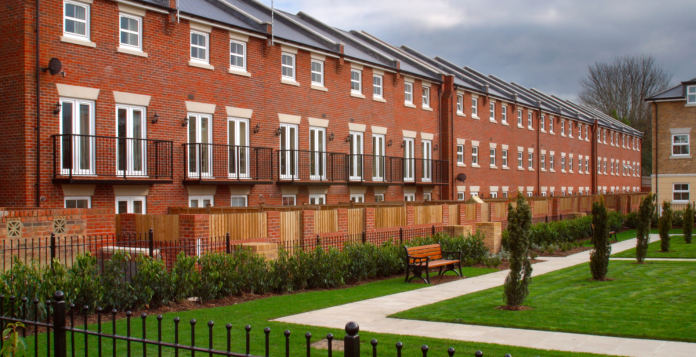Unveiling New Home Premiums: Understanding the Realities of Property Prices in the UK
- by Bhavi Bhudia
- Hits: 9802

The United Kingdom's property market has long been an arena of dynamic fluctuations and trends, with factors such as location, size, and condition playing pivotal roles in determining property prices. In recent years, the concept of "new home premiums" has gained prominence, sparking discussions about the additional costs associated with purchasing newly constructed properties.
This article delves into the world of new home premiums in the UK, exploring their causes, implications, and considerations for prospective homebuyers.
Understanding New Home Premiums
A new home premium refers to the higher price often attributed to newly built properties compared to their older counterparts. While the concept may seem counterintuitive at first glance – after all, one might assume newer properties should be more affordable due to modern construction methods – several factors contribute to this phenomenon.
1. Modern Amenities and Designs: New homes typically come equipped with modern amenities, cutting-edge technologies, and contemporary designs. These features can drive up the initial cost of the property, as buyers are willing to pay a premium for the convenience and luxury associated with these upgrades.
2. Energy Efficiency: Newly built homes are constructed with energy-efficient materials and designs, leading to reduced utility bills and a smaller environmental footprint. The long-term cost savings associated with these properties can justify the initial higher price for many buyers.
3. Prime Locations: Developers often secure prime locations for new construction projects, aiming to capitalize on the allure of convenient access to amenities, transportation, and other essential services. The location's desirability can contribute significantly to the premium.
4. Warranty and Maintenance: Newly constructed homes typically come with warranties that cover repairs and maintenance for a specific period. Buyers are willing to pay extra for the peace of mind that comes with a warranty, knowing that they won't face significant unexpected expenses shortly after moving in.
5. First Owner Advantage: The appeal of being the first owner of a property, untouched by previous inhabitants, can also drive up demand and consequently, the price.
Implications for Homebuyers
For prospective homebuyers, the concept of new home premiums presents both advantages and challenges.
Advantages:
1. Long-term Savings: Energy-efficient designs and modern construction can lead to lower utility bills and maintenance costs over time, potentially offsetting the initial premium.
2. Customization: Buyers of new homes often have the opportunity to choose finishes, layouts, and other design elements, creating a personalized living space.
3. Lower Immediate Maintenance Costs: With modern construction and warranties, the need for immediate repairs and maintenance is often reduced, providing financial relief in the early years of ownership.
Challenges:
1. Higher Initial Costs: The most apparent drawback is the higher upfront cost associated with purchasing a new home. This can limit affordability for some buyers.
2. Location Trade-offs: New construction projects are often concentrated in sought-after urban or suburban areas, leading to potential compromises on location for those seeking more affordable options.
3. Potential for Overpricing: Not all new home premiums are justified, and some developers may attempt to exploit the trend by charging excessively high premiums.
Considerations for Prospective Buyers
Aspiring homeowners considering purchasing a new property should keep several key considerations in mind:
1. Budget Planning: It's crucial to establish a clear budget that accounts for the potential premium of a new home. Buyers should weigh the benefits of long-term savings against the initial higher cost.
2. Research: Conduct thorough research on the developer's reputation, construction quality, and pricing history. This will help ensure that the premium being paid is reasonable.
3. Location Evaluation: Assess the convenience and amenities offered by the location against the premium being charged. Consider future developments and trends that might impact the area's value.
4. Long-Term Perspective: Evaluate the property's long-term potential for appreciation and factor in potential resale value when assessing the premium.
The concept of new home premiums in the UK property market underscores the complex interplay between modern amenities, location, and design on property prices. While these premiums might pose challenges for budget-conscious buyers, they also offer a range of benefits, including energy efficiency, customization options, and reduced maintenance costs. By carefully considering their financial capabilities, conducting thorough research, and weighing the long-term advantages, prospective homebuyers can make informed decisions about whether to invest in a newly constructed property. Contact us today for our off-market new homes.
